
How to Stretch and Increase Flexibility
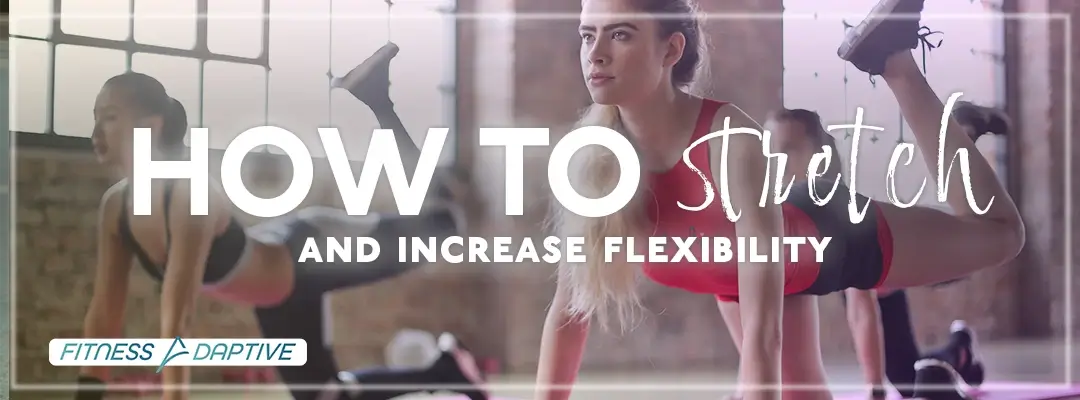
Welcome to the Fitness Adaptive live podcast! Today’s topic is stretching. We’ll talk about different types of stretching, when to stretch, and what type of stretching will benefit you the most. There are two main types of stretching, static stretching, and dynamic stretching. Both are used to improve performance and reduce the risk of injury.
There are a lot of questions surrounding stretching, but before answering questions, I’ll share a story. When I was in junior high and high school, I played many sports. Track, cross-country, and P.E classes were among my top goals. In junior high and high school, I had many coaches with different teaching styles and ideas about fitness. After high school, I trained with more trainers who presented even more ways to reach my fitness goals. All of my coaches and trainers taught stretching very differently. Each had a different philosophy on stretching. Some say to static stretch before a workout. Other coaches taught that you shouldn’t stretch at all before a workout, only static stretch after. They also held different ideas about length of time holding a stretch. Some said you should hold each stretch for 10 seconds, others said 15 seconds, and even 30 seconds. With all these opinions and ideas, how can we know the proper way to stretch?
To understand the stretching needs your body has, you have to understand the different types of stretching. There are two main types of stretching: static stretching, and dynamic stretching.

Static Streching
Static stretching is holding a muscle in a static position to the point of mild discomfort. This type of stretching increases flexibility, which increases joint range of motion. Examples of static stretches include but are not limited to:
- Toe touch
- Butterfly
- Cobra
- Child’s pose
- Pretzel

Dynamic Stretching
Dynamic stretching is stretching with movement. “Dynamic” means movement or constant change. This type of stretching warms the muscles up. It increases muscle temperature through movement, gets your blood flowing to your muscles, and mimics movement patterns performed during exercise. Examples of dynamic stretches include but are not limited to
- High knees
- Butt kickers
- Spiderman crawls
- Skips
- Shuffles
- Straight leg marches
When should I stretch?
Static stretching, and dynamic stretching are the two main forms of stretching and you should use them both. Each type of stretching accomplishes a different goal, so knowing when to perform each type of stretch is important. To understand when and how long you should stretch, think of a recipe. In a recipe, there are certain ingredients and specific steps to follow. If you change the order of steps, the recipe doesn’t turn out the same. If you add an ingredient, or take an ingredient out, the recipe definitely doesn’t work the same. A dish has to be made a certain way for it to come out the way it’s supposed to.
Here is another example: If you want to learn math, you have to start with the basics first. Can you learn algebra or geometry before you learn basic addition, subtraction, multiplication, or division? Of course not! Your brain wouldn’t be able to process the information. You have to learn math in small steps in order for your brain to process the information.
The process of warming up and cooling down before and after exercise is like a recipe book, or learning math. You have specific steps that must be done in order:
- Foam rolling
- Static stretching
- Dynamic stretching
- Workout
- Static stretching
Before the Workout
If you want to maximize performance, and minimize injury, this is the recipe you should follow. Many people skip foam rolling and jump right into static stretching, but tight muscles should never be stretched. Stretching tight muscles without foam rolling first is like stretching a band with a knot in it. When you stretch the band, the knot gets tighter. The more you stretch it, the tighter the knot becomes. The tighter the knot is, the harder and longer it takes to untie it.
So, you should foam roll first to decrease density and loosen the muscles, then stretch to change length and increase range of motion. To learn more about foam rolling, check out my other podcast on foam rolling.
There is a common belief that you should never stretch before a workout when your muscles are cold. Many say that if you stretch before a workout, your power output is decreased. This is a flawed principle. Power output can decrease, but only when you static stretch right before a workout, without dynamic stretching. When you static stretch, you put tension on your muscles. This tension doesn’t last very long and it goes away soon after releasing the stretch. Because of this tension, I only have my clients hold each stretch for 15 seconds before a workout. Holding it for less time decreases the amount of power output that is lost.
Dynamic stretching should be done after static stretching because, during the dynamic stretching period, your muscles recover from the intense static stretching. Dynamic stretching gives your muscles more time between static stretching and working out to release muscle tension and increase muscle temperature. After dynamic stretching, your “decreased power outputs” will be washed away because your muscles had time to recover and get warm.
After the Workout
After the workout, static stretching should be performed again, to increase flexibility. The warmer your muscles are, the more flexible you are, so after a workout, when your muscle temperature is high, is the best time to increase your flexibility. You should static stretch 5-10 minutes after working out and hold each stretch for 30 seconds. Stretching is critical for maximizing performance, minimizing injury, and increasing range of motion.
Welcome to the revolutionary personal training solution that aims to change the world. Read about our goals, motivations, and roadmap for the future as we continually grow and expand our operations…

SIMILAR POSTS
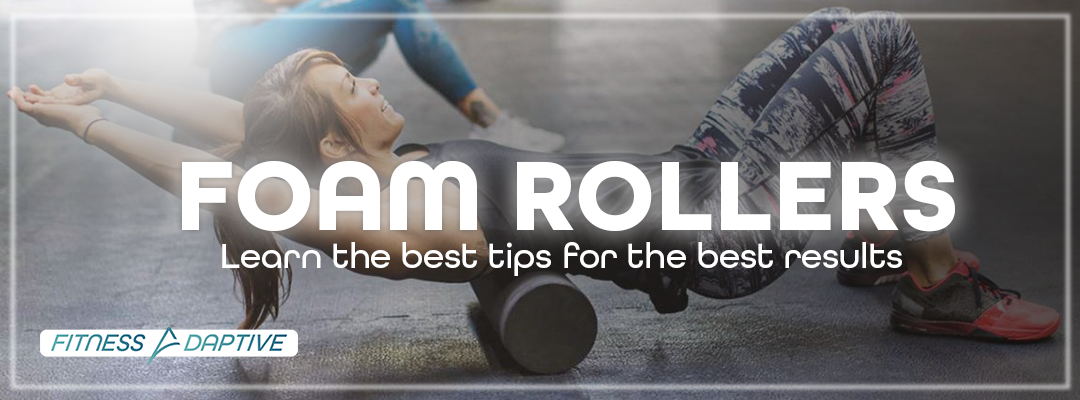
Foam Rolling | Tips and Tricks
I often wondered, “What is the proper way to do these things?” After high school I signed up for a few personal trainers at a gym and started studying fitness. During my experience and studies, I came across a crucial element to fitness that most athletes, coaches, and trainers are neglecting: foam-rolling.
RECOMMENDED
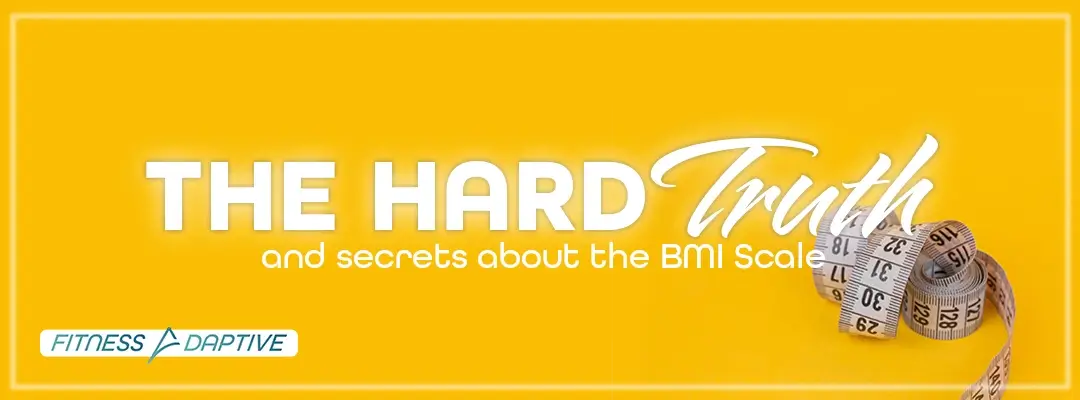
The TRUTH about BMI (Body Mass Index)
BMI is a common body composition measurement that is misunderstood and usually inaccurate. I came across BMI when I first started studying fitness. I started reading about it and thought, “This isn’t a very accurate form of measuring body composition.”
RECOMENDED FOR YOU
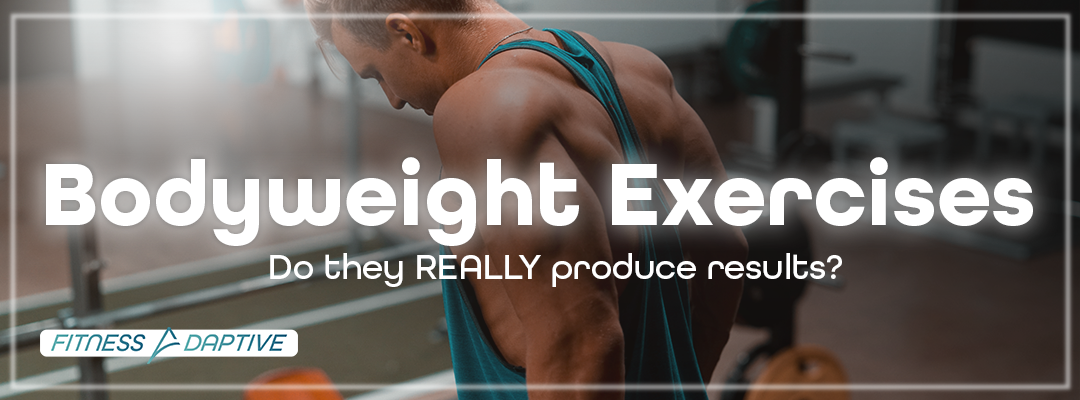
Bodyweight Exercises
It seems really fortunate that there are so many things you can do to improve your fitness without expensive equipment, but do bodyweight exercises actually work? Have you ever bought a workout program that promised results that never came to fruition?

Hydration
Are you Hydrated enough? You’ll be suprised to know you’re probably not…

Simple Carbs vs Complex Carbs
“How many carbs should I consume?” “Should I keep a low carb count?” “Should I carb-load?”

Foam Rolling | Tips and Tricks
I often wondered, “What is the proper way to do these things?” After high school I signed up for a few personal trainers at a gym and started studying fitness. During my experience and studies, I came across a crucial element to fitness that most athletes, coaches, and trainers are neglecting: foam-rolling.

The TRUTH about BMI (Body Mass Index)
BMI is a common body composition measurement that is misunderstood and usually inaccurate. I came across BMI when I first started studying fitness. I started reading about it and thought, “This isn’t a very accurate form of measuring body composition.”

Squatting | Are you doing it right?
Welcome to the Fitness Adaptive live podcast! Today, I’m going to talk about squatting. What are the different types of squats? What types of squats should you be doing? How can I improve my squats?
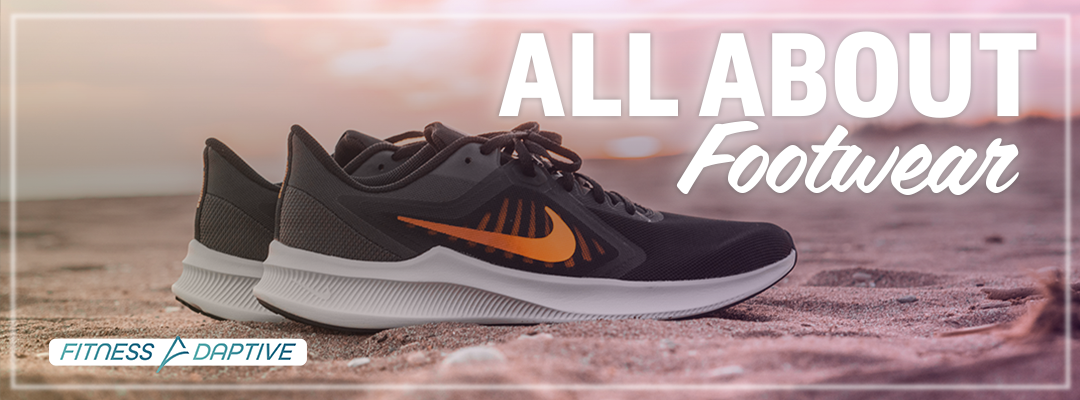
All About Footwear | Types of Shoes, Factors To Consider
Today I’m going to go over footwear. I’ll talk about what types of shoes you should wear, based on your goals, what sports you play, what you do for work, foot size, foot type, etc..

Running Faster | What can you do?
Today, let’s talk about some common misconceptions about training to run a faster mile, 5k, or 800m. Train better, faster, and harder for results when it comes to running short and long-distance!

The TRUTH About Diets | What They DON’T Want You to Know!
[object Object]

Welcome to Fitness Adaptive
Welcome to the revolutionary personal training solution that aims to change the world. Read about our goals, motivations, and roadmap for the future as we continually grow and expand our operations…

Bodyweight Exercises
It seems really fortunate that there are so many things you can do to improve your fitness without expensive equipment, but do bodyweight exercises actually work? Have you ever bought a workout program that promised results that never came to fruition?

Hydration
Are you Hydrated enough? You’ll be suprised to know you’re probably not…

Simple Carbs vs Complex Carbs
“How many carbs should I consume?” “Should I keep a low carb count?” “Should I carb-load?”

Foam Rolling | Tips and Tricks
I often wondered, “What is the proper way to do these things?” After high school I signed up for a few personal trainers at a gym and started studying fitness. During my experience and studies, I came across a crucial element to fitness that most athletes, coaches, and trainers are neglecting: foam-rolling.

The TRUTH about BMI (Body Mass Index)
BMI is a common body composition measurement that is misunderstood and usually inaccurate. I came across BMI when I first started studying fitness. I started reading about it and thought, “This isn’t a very accurate form of measuring body composition.”

Squatting | Are you doing it right?
Welcome to the Fitness Adaptive live podcast! Today, I’m going to talk about squatting. What are the different types of squats? What types of squats should you be doing? How can I improve my squats?

All About Footwear | Types of Shoes, Factors To Consider
Today I’m going to go over footwear. I’ll talk about what types of shoes you should wear, based on your goals, what sports you play, what you do for work, foot size, foot type, etc..

Running Faster | What can you do?
Today, let’s talk about some common misconceptions about training to run a faster mile, 5k, or 800m. Train better, faster, and harder for results when it comes to running short and long-distance!

The TRUTH About Diets | What They DON’T Want You to Know!
[object Object]

Welcome to Fitness Adaptive
Welcome to the revolutionary personal training solution that aims to change the world. Read about our goals, motivations, and roadmap for the future as we continually grow and expand our operations…
BECOME A FITNESS ADAPTIVE MEMBER TODAY
Get perks, discounts, and benefits when you become a member with Fitness Adaptive. Starting at 2.99$ a month, you’ll get access to all of our tools, weekly newsletter, and much, much more!
